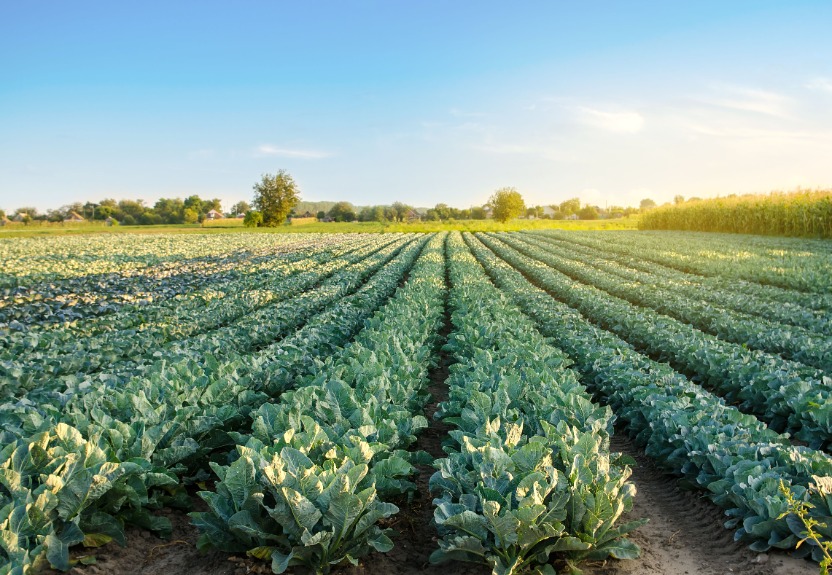By John Salak —
The truth is out there, as Fox Mulder of the X Files believes. But when it comes to finding extraterrestrial life, instead of peering into the skies for alien spaceships, people would be better off first deep diving into their gardens or at least their local produce store.
Okay, that’s a stretch because it is unlikely that anyone will find little green men hiding among the leeks or Bok Choy. Some scientists, however, now report that the gases emitted by the likes of broccoli and other plants and microorganisms may provide compelling indications of life on other planets.
Their reasoning takes some mental gymnastics to work through. The plants and microorganisms in question emit gases to help them expel toxins. The gases made when organisms add carbon and three hydrogen atoms to an undesirable chemical element are called methylation, which can turn potential toxins into gases that float safely away into the atmosphere.
It is a great way to scrub toxins, but how does the process help locate alien species? Well, researchers at the University of California-Riverside claim that if these gases were in the atmosphere of another planet by using telescopes, it would suggest life exists somewhere on that planet.
“Methylation is so widespread on Earth, we expect life anywhere else to perform it,” explained Michaela Leung, a planetary scientist at the university. “Most cells have mechanisms for expelling harmful substances.”
Leung’s study targeted methyl bromide because it has several advantages over other gases traditionally focused on by those searching for life outside our solar system.
One advantage is that methyl bromide remains in the atmosphere for a shorter time than traditional biosignature gases. “If you find it, the odds are good it was not so long ago—and that whatever made it is still producing it,” Leung said.
Another advantage is that something living makes methyl bromide more than a gas like methane. Microbes can make it. “There are limited ways to create this gas through non-biological means, so it is more indicative of life if you find it,” Leung said.
Beyond this, methyl bromide absorbs light near a “cousin” biosignature, methyl chloride, which makes both, and the presence of life, easier to find.
Methyl bromide is extremely common on Earth, though it is not easily detectable in the local atmosphere because of the intensity of the sun’s UV light, which helps destroy the gas.
The UC-Riverside team, however, believes it would be easier to detect it in space, especially around an M dwarf star. It is because they are smaller. It produces lower levels of UV radiation than the Earth’s sun.
“An M dwarf host star increases the concentration and detectability of methyl bromide by four orders of magnitude compared to the sun,” Leung reported. As an added plus, M dwarfs are at least ten times as common than stars like the Earth’s sun.
It is little wonder then that M dwarfs will be the first targets in upcoming searches for life on exoplanets, the UC-Riverside team reports. But, first, there is time to appreciate the benefits of a good green salad.













